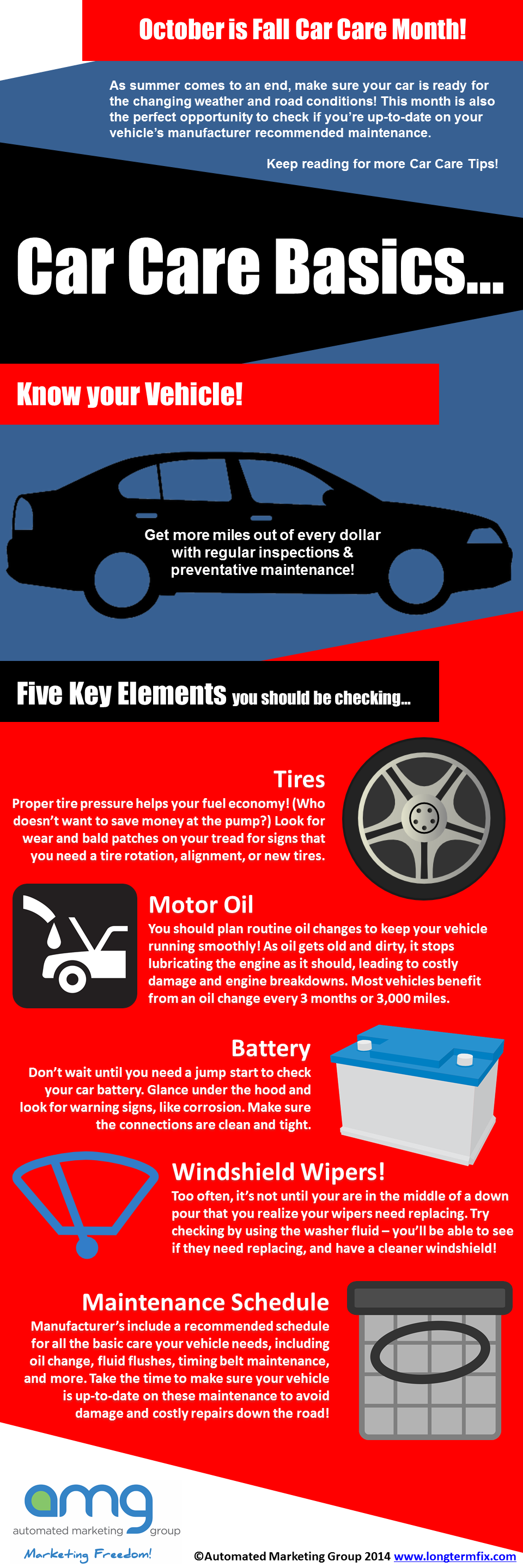Wondering Regarding The Significance Behind Those Control Panel Caution Lights? Gain Insights Right Into Their Ramifications For Your Automobile'S Safety And Upkeep
Wondering Regarding The Significance Behind Those Control Panel Caution Lights? Gain Insights Right Into Their Ramifications For Your Automobile'S Safety And Upkeep
Blog Article
Article Created By-Hartley Corbett
When you're behind the wheel, those radiant caution lights on your dashboard can be a bit puzzling. Do you know what they're attempting to inform you concerning your car's health? Recognizing the significance of these lights is vital for your safety and security and the longevity of your car. So, the following time among those lights turns up, would not you want to analyze its message precisely and take the essential steps to address it?
Common Warning Lights and Interpretations
Determine usual caution lights in your vehicle and comprehend their meanings to make sure safe driving.
The most common warning lights consist of the check engine light, which signals problems with the engine or emissions system. If this light comes on, it's crucial to have your car examined without delay.
The oil stress advising light shows reduced oil stress, needing instant interest to avoid engine damage.
A blinking battery light could recommend a faulty billing system, possibly leaving you stranded otherwise resolved.
The tire stress tracking system (TPMS) light alerts you to reduced tire pressure, impacting lorry security and gas performance. Overlooking this might bring about dangerous driving problems.
The abdominal light suggests a problem with the anti-lock stopping system, compromising your ability to stop rapidly in emergencies.
Last but not least, the coolant temperature cautioning light warns of engine overheating, which can lead to serious damage otherwise dealt with promptly.
Recognizing these common caution lights will help you address problems immediately and maintain risk-free driving problems.
Value of Prompt Interest
Recognizing the usual warning lights in your vehicle is just the first step; the importance of immediately dealing with these warnings can't be stressed enough to ensure your safety on the road.
When a caution light illuminates on your control panel, it's your auto's way of interacting a potential concern that needs attention. Neglecting https://griffinfbvtn.webbuzzfeed.com/31751296/ten-important-tips-for-selecting-the-ideal-auto-service-center-in-your-area can lead to a lot more serious issues in the future, jeopardizing your safety and potentially costing you extra in repairs.
Prompt attention to advising lights can protect against malfunctions and accidents. As an example, a blinking check engine light could indicate a misfire that, if left neglected, could cause damage to the catalytic converter. Addressing this immediately can save you from a costly repair service.
Similarly, car detailing scratch repair warning light might indicate reduced brake fluid or used brake pads, critical elements for your safety and security when driving.
Do It Yourself Troubleshooting Tips
If you discover a warning light on your dashboard, there are a couple of DIY troubleshooting pointers you can attempt before looking for expert assistance.
The initial step is to consult your automobile's guidebook to comprehend what the details warning light suggests. Occasionally the issue can be as easy as a loose gas cap causing the check engine light. Tightening up elegant auto detailing may deal with the problem.
An additional usual problem is a reduced battery, which can trigger various alerting lights. Examining the battery links for corrosion and ensuring they're safe might deal with the issue.
If a warning light persists, you can try resetting it by disconnecting the auto's battery for a couple of minutes and then reconnecting it. Furthermore, inspecting your vehicle's fluid degrees, such as oil, coolant, and brake fluid, can assist repair advising lights associated with these systems.
Conclusion
Finally, understanding your cars and truck's caution lights is vital for maintaining your car running smoothly and securely. By without delay addressing these informs and understanding what they imply, you can prevent costly repairs and possible failures.
Remember to consult your car's handbook for particular information on each cautioning light and act appropriately to guarantee a hassle-free driving experience.
Remain informed, stay safe when traveling!
